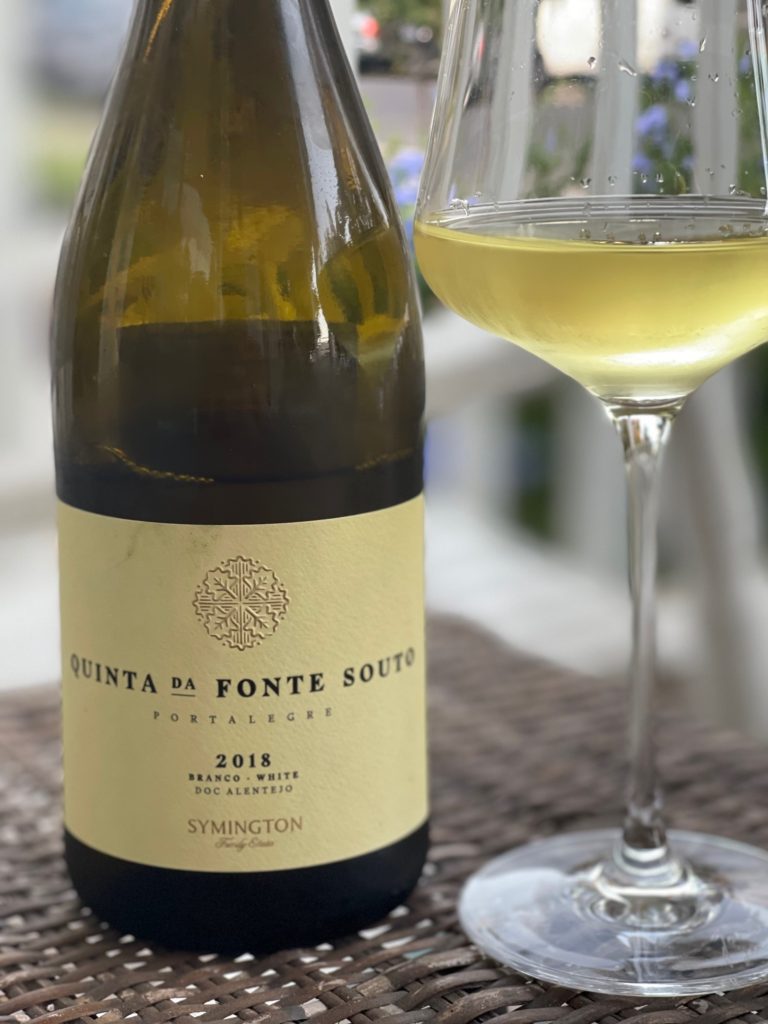If all goes well, by the time you read this article, we will be on our way to Portugal! I figure a little pre-gaming is in order.
About The Wines of Alentejo
The Alentejo (ah-len-TAY-zhoo) is located in southern Portugal. It’s a sizable region about the size of the state of Massachusetts, that covers about a third of the country. Local differentiate between Alto Alentejo (“Upper Alentejo”) which is east of the capital Lisbon, and Baixo Alentejo (“Lower Alentejo”) which is southeast of the capital.
The region has a long history as a major producer of grains and corks. In fact, nearly half of the world’s supply of corks is sourced from the region’s cork oak trees
Winemaking in the Alentejo dates back 4,000 years, but it wasn’t until the 1980s when investment from the European Union enabled a number of cooperatives to focus on elevating the quality of its wines. Over the last 25 years the region has seen an over 400% growth in the number of producers. Most of the wineries are family owned and operated. The region has dominated the domestic market share since 2010. While its easy drinking, rich and fruity wines are the darlings of Lisbon cafés and restaurants, the region also features more complex fine wines, especially reds.
Alentejo offers a diverse mix of native grape varieties (Portugal has there more than 250 indigenous grape varieties) with origins in other parts of Portugal and international grapes (e.g. Cabernet Sauvignon and Syrah). Its predominant wines are approachable and generous red blends, and exciting, aromatic whites wines. What also makes the region special is that it offers the best of ancient and modern winemaking practices, including Talha (amphora) wines.

The region’s terroir is comprised of an undulating topography, a mostly hot and dry climate that makes irrigation necessary, and a mix of heterogeneous soil types including schist, pink marble, granite, limestone, often laid upon a sub-layer of water-retaining clay. Alentejo is threatened by global warming, therefore sustainability is a top priority.
Alentejo has its own DOC/DOP (appellation) title, as well as a wider Vinho Regional Alentejano designation. The DOP has eight subregions (see map above), which span from the mountains to the hot, dry center of the region: Portalegre, Borba, Évora, Redondo, Reguengos, Granja-Amareleja, Vidigueira and Moura.
Roughly 80% of the region’s wines are red, with whites wines at 19% and and rosé wine (less than 2%). Blended wines are the rule rather than the exception.
Disclosure: I received this wine as a media sample. I received no compensation for this post, and all opinions presented are my own.
2018 Quinta da Fonte Souto, Branco, DOC Alentejo, Portalegre
This wine hails Portalegre sub-region of Alentejo). It’s Alentejo’s coolest region, especially at night. It enjoys higher rainfall and has features soils of granite, schist and quartz.
Quinta da Fonte Souto is a 511 acre property, known for its striking chestnut grove, or “souto,” It includes 106 acres of mature vineyards located at an altitude of 1,640 feet within the São Mamede National Park that rises to 3,400 feet, the highest mountain range in southern Portugal. It is the Symington’s first vineyard outside of the Douro.

Pale lemon yellow color with expansive orchard fruit, lemon curd, lanolin, dried wild flower aromas with a hint of toasty oak. On the palate, it’s medium-bodied, and focused with zesty, mouth-watering acidity and a great mouthfeel. It shows white peach, apricot, lemon, lime flavors with hints of honey and spice with a very satisfying medium-long finish. 14% abv. SRP $25.
Blend of 75 percent Arinto and 25 percent Verdelho with 70% of the blend is fermented in 500-litre oak barrels in contact with the lees. The final blend is aged seven months in a combination of new French and Central European oak.
Wonderful quality for the price here. If you enjoy Chardonnay, I bet you’ll enjoy this wine.
About Symington Family
The Symington Family, of British and Portuguese origin, has lived and worked in Portugal since the 19th century. It is a family business founded in 1882. Today, there are 10 family members working across the business, now being run by its 4th and 5th generation. Owning four of the leading Port houses, (Graham’s, Dow’s, Warre’s and Cockburns) they are considered Port royalty. Additionally they own a portfolio of Douro wines consisting of Quinta do Vesuvio, Quinta do Ataíde, Altano, and Prats & Symington (a widely acclaimed joint venture that produces Chryseia and Post Scriptum). They are the leading vineyard owner in the Douro Valley with 26 Quintas (wineries) covering a total of 2,255 ha of which 1,024 ha are under vine.
They are a Certified B Corporation, companies who are audited to rigorous standards of social and environmental performance, accountability, and transparency. They have a remarkable commitment to sustainability that includes measurable targets for renewable energy, CO2 reduction, solar panels, electric cars, resource efficiency, forest regeneration, low-impact packaging, and local community initiatives.
Thanks to Calhoun & Company Communication for sending this delicious wine!
Nicely written, loved reading it. Central European oak specifically means which country?
Thanks for the kind words! I wasn’t able to find out which Central European country for the barrels